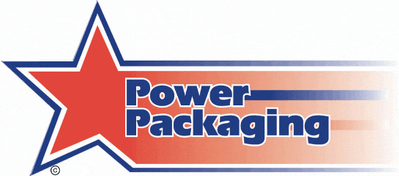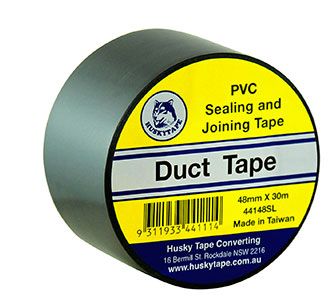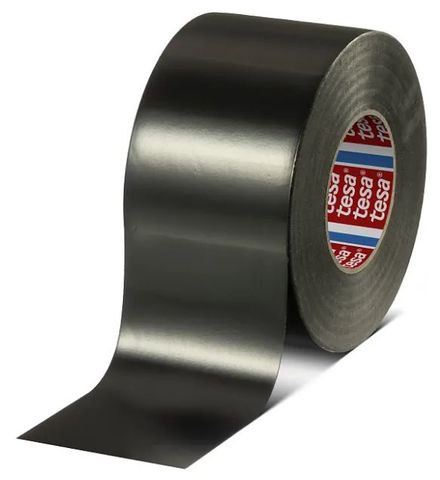Duct Tape

Duct Tape Australia – Heavy-Duty Adhesive for Tough Jobs
When it comes to strong, reliable repair tape, nothing beats good old duct tape. Whether you’re sealing, patching, bundling, or just fixing something on the fly, duct tape is the go-to for tradies, warehouses, and DIYers across Australia.
Why Our Duct Tape Stands Out
- Strong and Flexible Build: Our duct tape is made with a tough cloth or scrim backing, coated in polyethylene, and finished with a high-tack rubber-based adhesive. This gives you the perfect mix of flexibility, durability, and serious stickiness.
- Weather-Resistant: Whether you’re dealing with wet, windy or hot conditions, our duct tape holds up well outdoors. It’s water-resistant and made to cope with Aussie weather.
- Available in Sizes & Colours: From standard 48mm rolls to 72mm wide, and in colours like silver or black – we’ve got a duct tape to suit your needs.
1 to 4 of 4 results
1 to 4 of 4 results
Common Uses for Duct Tape
- General Repairs & Quick Fixes: Ideal for patching holes, bundling items, or securing loose objects. Great for home, site or warehouse use.
- Surface Sealing: Adheres to wood, plastic, concrete, metal, brick, and more – even on uneven or dusty surfaces.
- Emergency Use: From leaky hoses to cracked buckets, duct tape can give you a temporary solution until a proper fix is arranged.
Not Sure If Duct Tape Is Right for Ductwork?
Despite the name, standard duct tape isn’t the best choice for HVAC systems. For air ducts and ventilation, we recommend a more durable option like Tesa 51495 Reinforced Foil Tape – made specifically for high-temp and sealed systems.
Fun Facts About Duct Tape
- It Was First Called "Duck Tape": Named for its water-repellent qualities, it was originally used in WWII.
- It’s Been Used to Build Wild Things: The MythBusters once made a bridge and even lifted a car using just duct tape.
- More Than Just Grey: These days, duct tape comes in heaps of colours and patterns – even camouflage!
Got Questions?
Need help choosing the right heavy duty duct tape for your job? Call our team or request a quote online – we’re here to help you stick with confidence.




